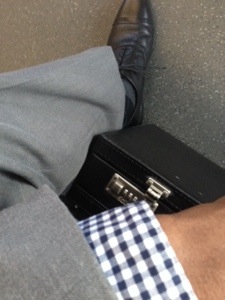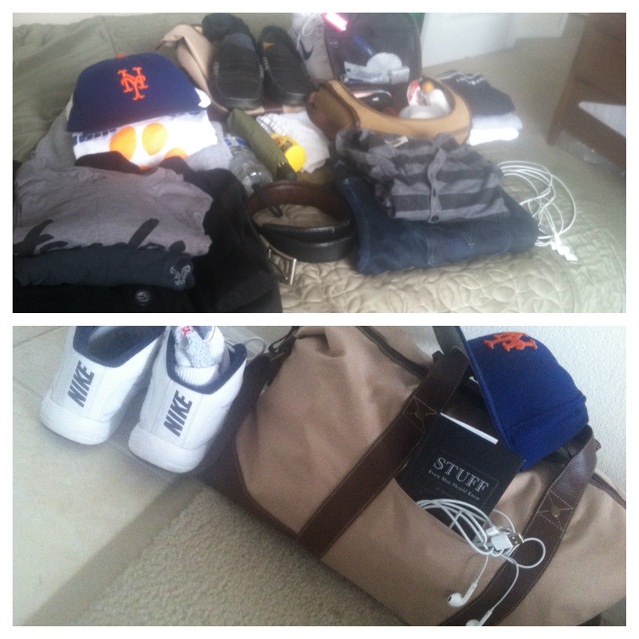The vibe of the school I work at is relaxed. Super relaxed. And that’s great because, though I have enough suit, shirt, and tie combinations to make it through a month, I don’t always feel like wearing them. But the department I work in must tread carefully. And that’s perfect for me because it allows me to explore wardrobe options that I could in a more rigid corporation. If I feel like wearing a suit, I wear a suit. If I don’t have a meeting that day and feel like a polo and chinos with some Onitsuka Tiger low tops, I can do that. It’s important to have a fluid wardrobe these days because, as businesses lean more to a causal look in the workplace in order to make employees more comfortable, if you cannot walk into an interview looking both put-together and relaxed, you run the risk of not getting the job. No matter how great your résumé looks or how well-versed you are on the past, present, and future direction of the organization, an inability to present yourself a as good fit to that environment will invariably prevent you from gaining employment.
A few rules for being professional in a more liberal environment.
1) Ties are not always bad. Most days, I don’t wear ties because the parents at the school I work at put their kids here so that they would not conform to the corporate structure. They want their kids to think outside the box and, therefore, they must see the outside of the box on a regular basis. But, depending on what I have going on during a given day, I will wrap a stylish necktie around my collar and make a casual outfit look great.
2) There is a time and place for suits. I have traditionally cut and fitted suits. Depending on who I’m meeting with and the presence I want to have, I choose to wear a suit from time to time. Doing so is fine as long as it’s appropriate for my day. On Grandparents’ Day, because I’m working with a more traditional crowd, I’m dressed more conservatively. During the end of year party, jeans, a polo, and sneakers are perfectly acceptable. Realizing whose attention you have at the moment and being able to adapt to that audience is critical to your ability to succeed.
3) Look clean. Cleanliness has nothing to do with being dressed up. If ripped jeans and graphic tees are your organization’s thing, rock ripped jeans and an appropriate graphic. If you’re in slacks, a shirt and a tie, make sure they’re pressed. You don’t have to be dressed up but you should look (and smell) like you didn’t just roll out of the bed, rinse your mouth out, and hop in the car. Be intentional with everything from your hair to your shoes.

Today, I had to take a leadership role in a committee meeting. For that, I put on the outfit you see in this post’s feature photo. Tomorrow is Friday and my calendar is pretty wide open. I’ll be relaxing. In liberal environments, don’t do the most when it comes to dressing, but don’t do the least. Be you and be comfortable. People will respect your style and your ability to maneuver in and out of different situations with apparent ease.
Make professional development a priority.










 1 toothbrush
1 toothbrush
